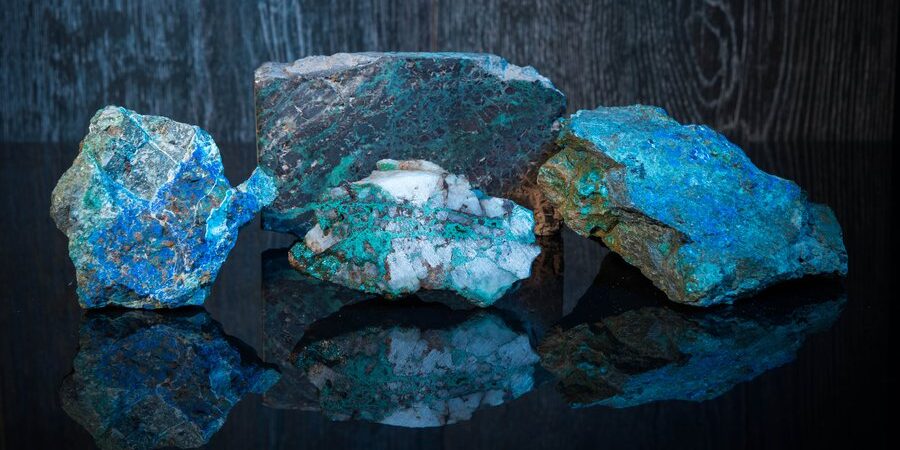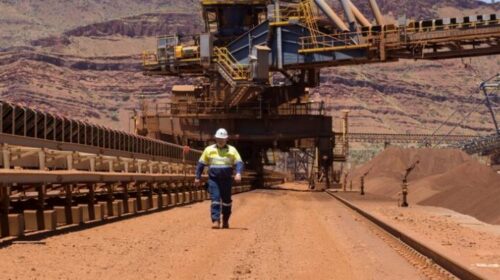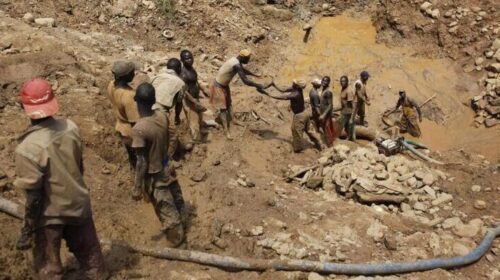New report shows divergences in implementation of EU Conflict Minerals Regulation by member states
A coalition of European NGOs working on responsible mineral sourcing today publishes a report taking stock of the implementation of the European Conflict Minerals Regulation by the Member States of the European Union (EU) . The report highlights the shortcomings of the Regulation and the general lack of transparency which prevents effective monitoring of companies.
The European Conflict Minerals Regulation, also known as the Responsible Mineral Sourcing Regulation, entered into force on January 1, 2021. By now, each EU member state is expected to have in place a competent authority for its application and clarified the rules for monitoring implementation at the national level. In fact, the state of implementation varies greatly from country to country.
The report takes stock and compares the implementation processes in the Member States, [1] making it possible to identify the “good students”. While Austria and the Czech Republic are the best performers in terms of transparency, some countries like Finland and the Netherlands have also taken some interesting steps. Other Member States are lagging behind.
The adoption of the legislation is an important step towards limiting the import of 3TG [2] minerals into the EU. However, it is important to keep in mind that this legislation is the result of complex and lengthy negotiations, which resulted in political compromises, leading to several risks that could ultimately undermine its effectiveness. These loopholes could be used by companies to evade their obligations and not comply with the provisions of the Regulation. The NGO coalition highlights these main risks in its report.
The lack of clarity and the differing implementation of the regulation with regard to control and sanction mechanisms are of great concern to civil society actors. It is feared that the final impact of the legislation will be undermined by these fluctuations. As Clara Debeve, Director of EurAc points out: “It is crucial that decision-makers keep in mind the political objective behind the Regulations. This implies a strong and efficient control mechanism and leaving less room for the interpretation of the Regulation by the Member States. ”
Another serious shortcoming is the lack of information and transparency as to which companies fall under the Regulation; as well as the real ability to link upstream production in the chain to EU imports. “As there is currently no public list of imports of European companies and companies covered by the Regulation in most countries, it becomes very difficult for European civil society organizations and their partners in producing countries to communicate their concerns their national competent authorities when they observe irregularities on the ground, ”explains Clara Debeve.
Finally, the application of import volume thresholds risks excluding the most risky imports and giving companies the possibility of circumventing the Regulation.
The NGO coalition lists a series of preliminary recommendations to prepare for the official review process that the European Commission will conduct for the first time on January 1, 2023.
The European Conflict Minerals Regulation was adopted in 2017. According to the European Commission, the due diligence obligations provided for by the Regulation between 600 and 1,000 European import companies would be affected. The main objective of the Regulation is to break the link between, on the one hand, the extraction and trade of minerals, and on the other hand violent conflicts, corruption and structural fragility. As recent publications have abundantly shown, despite the important source of development they could constitute, the exploitation and trade in minerals are the source of large-scale human rights violations and corruption, and contribute to even today to undermine theRule of law and democratic development in some producing countries.
![]()





